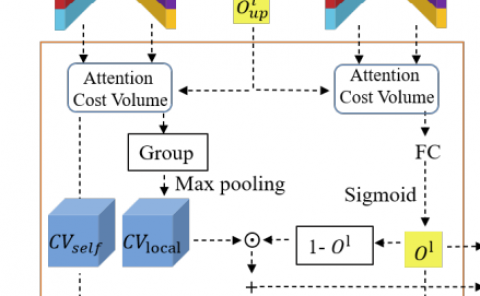Full-Body Motion Recognition in Immersive- Virtual-Reality-Based Exergame
PubDate: July 2021
Teams: National Key Laboratory of Science and Technology on Blind Signal Processing;KTH Royal Institute of Technology;Princeton University
Writers: Shaocheng Huang; Ming Xiao; H. Vincent Poor
PDF: Full-Body Motion Recognition in Immersive- Virtual-Reality-Based Exergame

Abstract
With emerging applications, e.g., factory automation, autonomous driving and augmented/virtual reality, there have been increasing technical challenges regarding reliability, latency and data rates for existing communication systems. Owing to abundant available bandwidth, millimeter Wave (mmWave) communications can potentially provide reliable communication with an order of magnitude capacity improvement relative to microwave, e.g., sub 6 GHz communications. Though there are many research results showing improved throughputs, the latency and reliability performance of mmWave communications is still not quite clear, especially for finite blocklength regimes. In this paper, we investigate achievable rates of mmWave channels using random coding error exponents. Under the assumption of perfect and imperfect channel state information at the receiver (CSIR), exact and approximate analytical expressions of achievable rates are derived to capture the relationships among rate, latency and reliability. Furthermore, we show that the achievable rate always increases as the bandwidth increases with perfect CSIR. However, there exists a critical bandwidth that maximizes the achievable rate for non-line-of-sight mmWave signals with imperfect CSIR, beyond which the achievable rate will decrease with increasing bandwidth. For imperfect CSIR, the training symbol length and power allocation factor for maximizing the achievable rate at the training phase are investigated and closed-form expressions for special cases are derived.



